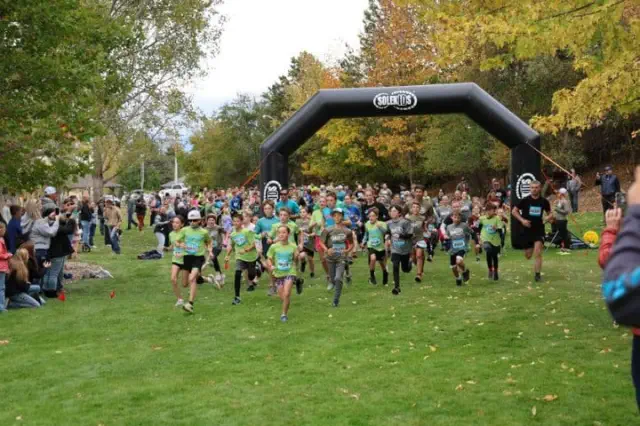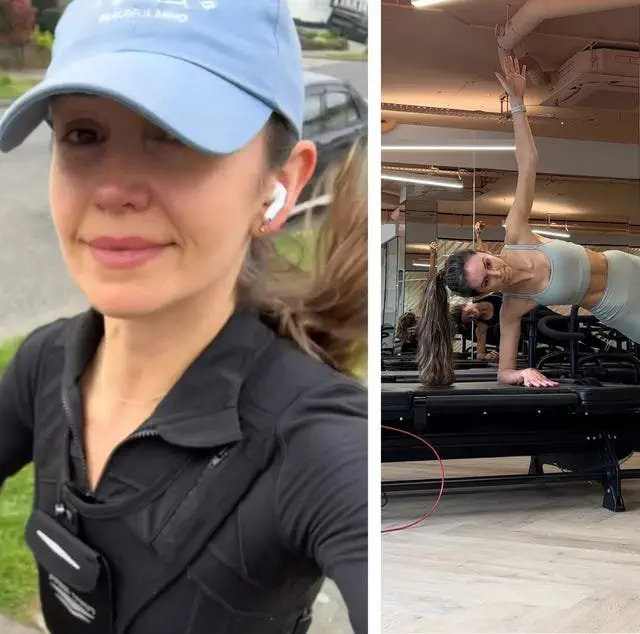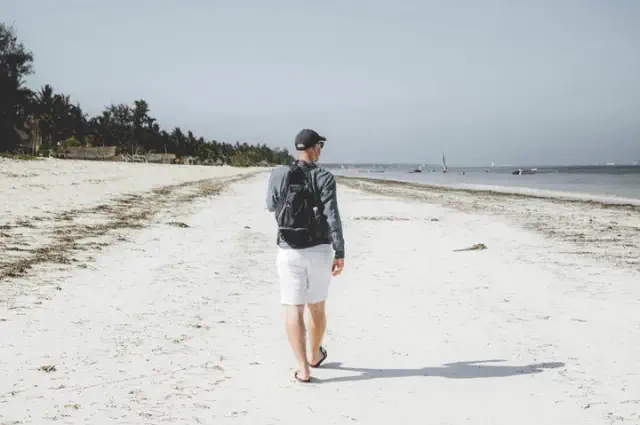
View pictures in App save up to 80% data.
Going to the gym is the one time for me to get out of my head and into my body, so I don’t take much notice of the people around me. Something that’s been catching my attention recently, though, is everyone backwards walking. My TikTok feed is full of it, but it’s not often you see a social media trend make it into the real world, so why is it becoming so popular?
Performance and health coach Robin Laird decided to find out for herself, sharing her findings on her YouTube平台 channel.
‘There was only one rule I gave myself for this challenge, and that was that every single day, I had to spend 30 minutes walking backwards,’ she says in the video. ‘It didn't matter if it was indoors, outdoors, uphill, downhill, around my dad's kitchen (which I definitely did in the middle of a snowstorm). I wanted to keep it as simple as possible.’
Here’s exactly what happened, including how backwards walking could help you, and the science-backed pros and cons.
8 Lessons I Gained from Walking in Reverse
1. You will engage your muscles in a new way.
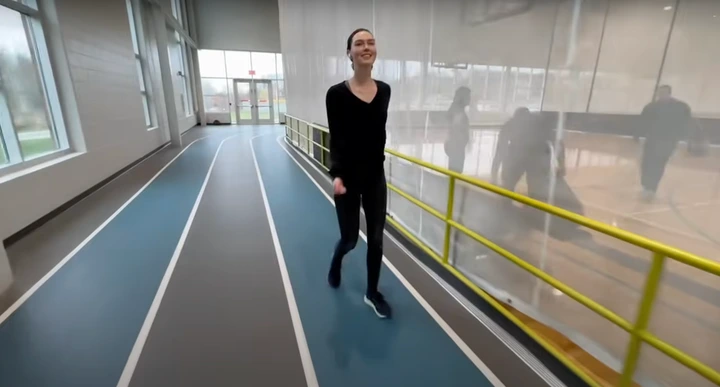
View pictures in App save up to 80% data.
‘In days two through four, my glutes, my thighs and my heels were all very sore to me,' says Robin. 'That is just a sign that I'm working different muscles than I normally am when I'm walking around forwards, and that's great. The heels especially were interesting.
‘I think in this first week I was surprised by how sore my thighs and my glutes were as well, because I am someone who does a lot of walking. On a regular basis, I walk between 15 to 20,000 steps a day on average, and I also do yoga, Pilates and full-body exercises, so to get that soreness in new places is kind of exciting.
‘It means that I'm tapping into different muscle groups than I normally am and that was probably the biggest theme of week one: soreness, which to me is good.
‘In terms of which muscles you will work, I learned that we're essentially using many of the same muscles but we're using those muscles differently. Backwards walking involves more eccentric control of our muscles by lengthening them, versus when we walk forward, our muscle activity involves more concentric control by shortening them. So it makes a lot of sense that doing both of these activities would give us a more comprehensive workout for the muscles in our legs and feet.’
2. Walking without shoes could feel more comfortable.

View pictures in App save up to 80% data.
‘Feeling my muscles working differently made me want to try more barefoot walking so that I could really pay attention to how I was landing my feet,' Robin says. 'By the end of week one, I discovered my favourite way to practice backwards walking is by walking indoors on my little walking pad and doing it barefoot, so that I can really pay attention to how I am placing my feet in every single moment that I walk.
I never really had much enthusiasm for barefoot shoes until I tried this experiment. It became clear to me how distinct the experience was when I walked backwards without shoes compared to doing so while wearing them. Without shoes, I noticed I was reaping more benefits and experiencing less discomfort during the activity.
"I'm not sure if it's just that my shoes have become well-suited for walking forwards, but when I try to walk backwards, the soles don't seem to support me as well. Regardless, my heel pain has vanished completely, and I've found that I really enjoy walking backwards indoors on my walking pad."
3. Reaching your daily step target will require significantly more time.
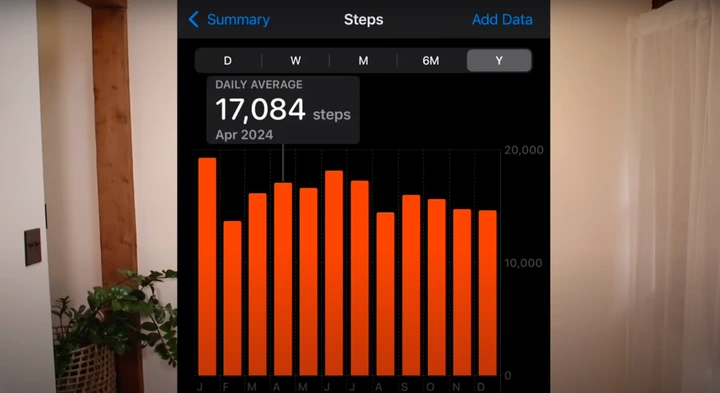
View pictures in App save up to 80% data.
‘In week two,' adds Robin, 'I really started to settle into a routine on my treadmill and my bare feet, and it was pretty easy to incorporate in my day-to-day because I do have a walking pad at home. What did become clear to me is that backwards walking is so incredibly slow compared to forwards walking and so if you are someone who counts steps (I believe steps is a bit of a vanity metric; it doesn't actually matter how many steps you take a day, it's about building habits of movement throughout your life), I noticed that for me personally, half an hour of backwards walking gets me about 1,200 steps, whereas half an hour of forwards walking gets me about 3,000 steps. It's more than twice as slow to walk backwards than it is to walk forwards.’
4. You may struggle to stay connected with your friends and family.

View pictures in App save up to 80% data.
"Robin shares a helpful tip for those who enjoy walking with companions: 'I realized I was much slower than my mum and husband, and it was also challenging to keep up with my dog.' However, she suggests that if you have a slower walking partner, like a grandmother, this could be an excellent opportunity to exercise together. You can match their pace while still getting a more vigorous workout."
5. It can help lower-back pain
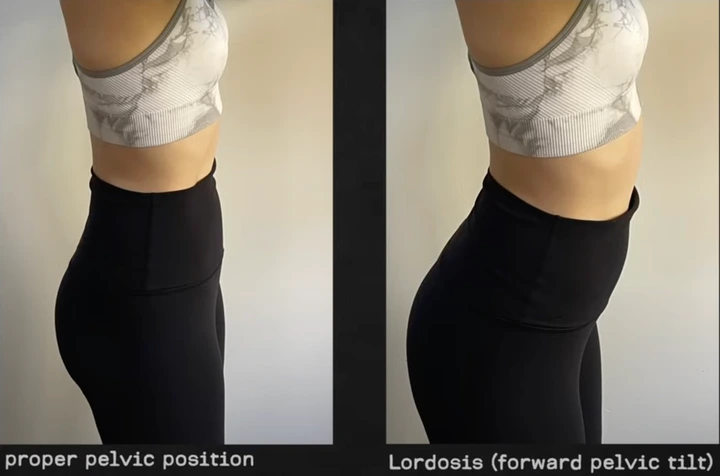
View pictures in App save up to 80% data.
"I deal with lordosis, which refers to a posture where my lower back is overly arched and my pelvis tilts forward," Robin shares. "Typically, this condition arises from muscle imbalances, and I believe that this activity helps correct some of those imbalances and alleviates my lower back pain to some extent. I'm not sure if it's purely psychological, but after taking a break and then starting again, I really notice a more significant difference."
6. Just ten minutes each day is sufficient.
"To me, dedicating thirty minutes a day to walking backwards feels a bit excessive," Robin remarks. "From what I've gathered through this experience, walking backwards can indeed engage various leg muscles and those in the feet as well, but you don't have to commit to 30 minutes daily to reap these advantages."
"After completing this 30-day experiment, I plan to incorporate backward walking into my routine for 10 minutes each day, using a weighted belt. I anticipate doing this about five times a week at most. This way, I can engage the same muscle groups and reap the benefits, but in a more efficient way by utilizing the added resistance of the weighted belt."
7. It can assist you in being more mentally engaged in the moment.
"I found the cognitive challenge of this activity quite enjoyable, as it demands more focus and awareness compared to simply walking forward," Robin shares. "To me, that's a form of meditation; it helps ground me in the present moment."
8. Taking a stroll outside could be more enjoyable.
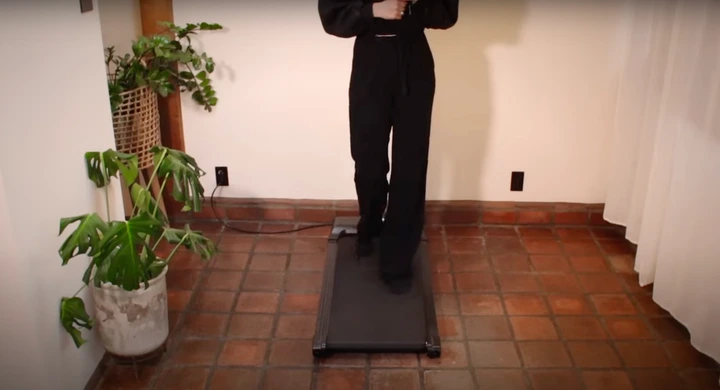
View pictures in App save up to 80% data.
‘[While I’ll continue with 10 minutes per day], I would much rather spend 30 minutes walking outside or with a loved one than walking by myself backwards on a treadmill in my house,' says Robin. 'So I still want to leave plenty of time for my favourite kind of forwards walking in my life, and just really get the most bang for my time with the backwards walking by doing a weighted 10-minute session each day.
"I recently purchased a weighted belt from Amazon that features removable metal plates. Mine might be out of stock now, but you really can't go wrong with a weighted belt, provided it appears comfortable and sturdy. Alternatively, you can easily create your own weighted walks by filling a backpack with several water bottles."
The judgment
"Ultimately, Robin concludes, 'this challenge of walking backwards for 30 minutes daily isn't something I'll stick with. Instead, I'll focus on 10-minute sessions of weighted backwards walking a few times a week, which I believe will adequately meet my needs.'"
While it's true that walking backwards is often recommended for knee rehabilitation, I feel that since my knees are relatively healthy, the impact might not be as noticeable for me. I engage in various forms of physical activity, and I also dedicate 10 minutes each day to using my full-body vibration plate, which is fantastic for joint health and aids in my recovery after workouts. Given that I'm already in good shape, the benefits of incorporating backwards walking might not be as significant for me as they could be for others who have more serious knee issues.
"All in all, I believe this has been a beneficial experience. While it may not be the most transformative event in my life, I feel quite satisfied with it, and I really appreciate these small adjustments to my walking."
Is walking backwards beneficial? Advantages and disadvantages.
"Having shared my personal journey with backwards walking, I’d like to take a moment to explore the physiological aspects involved in this unique movement," Robin continues.
"I intentionally chose not to delve deeply into the research on backward walking prior to experiencing it firsthand, as I wanted my observations to remain untainted. However, upon reviewing the studies now, I’m delighted to discover a wealth of research backing the benefits of backward walking, many of which align with my own experiences."
Benefits of walking backwards
1. It has the potential to alleviate discomfort in the lower back.
‘Studies show backwards walking leads to greater activation of the lumbar paraspinal muscles compared to forwards walking, which may be one reason for its rehabilitation potential in chronic lower back pain.’
2. It may help alleviate knee discomfort.
‘Other research proves backwards walking can also help support knee rehabilitation, with notable improvements for knee osteoarthritis specifically.’
3. It has the potential to enhance stability.
‘Science shows that backwards walking can also improve balance and posture control as shown in many different subject groups.’
4. It has the potential to enhance your heart health.
‘Backwards walking can help improve your cardiovascular condition, because it challenges the cardiovascular system more than forwards walking, according to science.’
Disadvantages of walking backwards
‘I did find one article in the American Journal of Physical Medicine and Rehabilitation arguing that backwards walking is dangerous and should not be practiced unnecessarily. This article details two cases involving people falling and getting injured.
"I believe this serves as an important reminder of the necessity of collaborating with professionals such as doctors and physical therapists. They help us make the best choices for our bodies and individual situations. For instance, in some cases, the risk of falling might be significantly high, which would make it advisable to steer clear of walking backwards."
"Use this video as a starting point to engage with the experts around you and determine whether this activity is safe for you to pursue."
Bridie serves as the Fitness Director at Women's Health UK, dedicating her time to creating innovative workouts, overseeing fitness launches, and curating top-notch home gym equipment to help you achieve your fitness goals. Her insights and expertise have been featured in renowned publications such as Stylist, Glamour, and Cosmopolitan, among others. Additionally, she teaches yoga part-time and has a tendency to doze off during savasana (but not while she’s instructing, we assure you).



